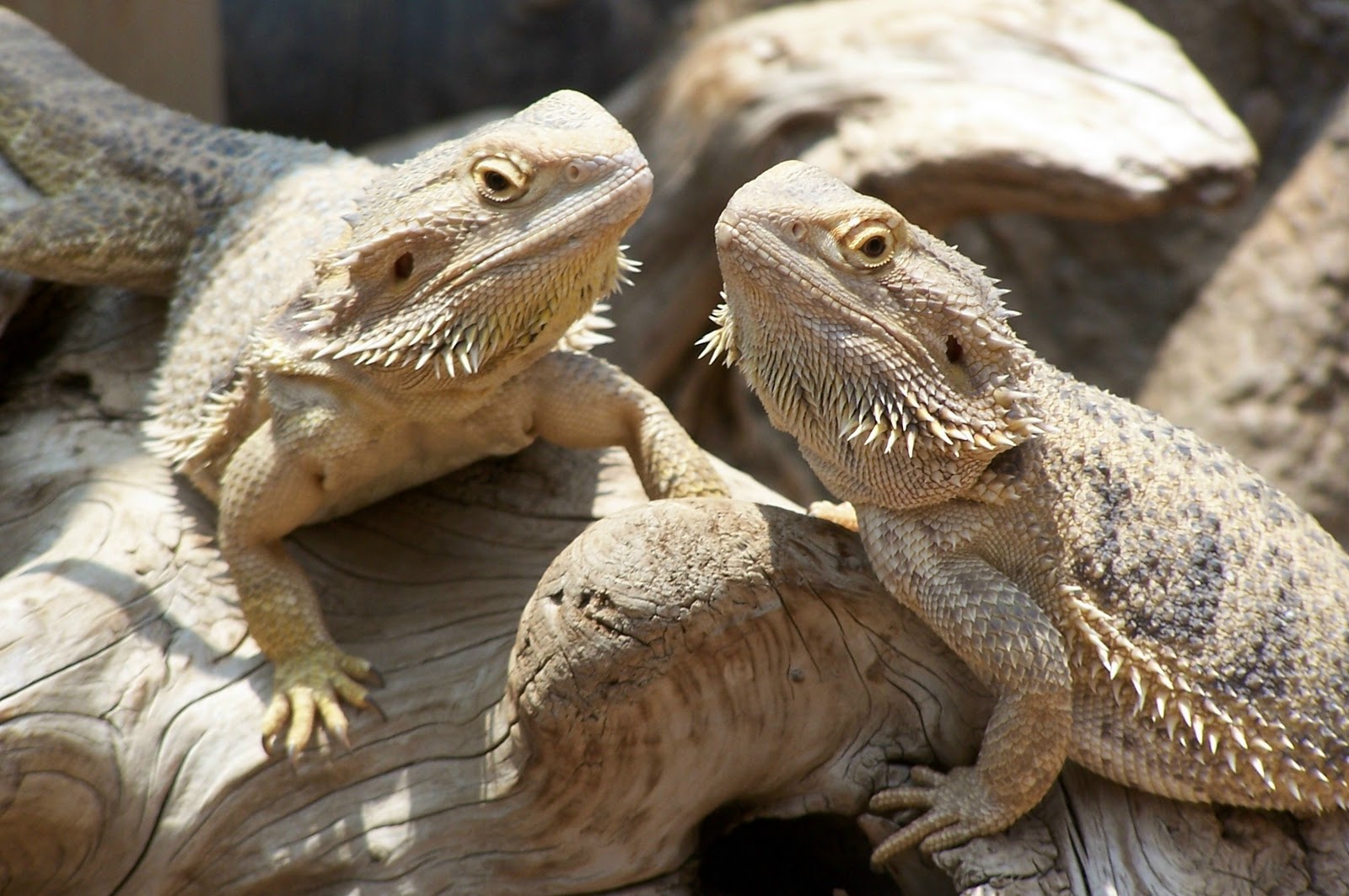Bearded Dragon: A Complete Guide for Beginners
Introduction
Are you thinking of getting a bearded dragon as a pet? Well, it’s a fantastic choice. Bearded dragons are friendly, low maintenance, and fun to own. If you’re a beginner in owning a pet lizard, a bearded dragon is an excellent choice to start with.

What is a Bearded Dragon?
A bearded dragon is a type of lizard that belongs to the family of Agamidae. They are native to the arid regions of Australia, and their name comes from the spiny projections around their jaw which resemble a beard. They are known for their docile temperament, making them popular pets for beginners.
Bearded Dragon Habitat
In the wild, bearded dragons live in arid regions of Australia. As a pet owner, you’ll have to recreate their natural habitat as best as possible. A bearded dragon’s habitat should provide ample space for them to roam around, bask in the sun, and hide when they feel the need to relax.

The enclosure should be large enough to accommodate their needs. The minimum size for an adult bearded dragon’s enclosure should be 4 feet long, 2 feet tall, and 2 feet wide. You can make the enclosure out of glass, plexiglass, or melamine. Just make sure the material can retain heat and humidity. You can also add some decorations like rocks and plants in their habitat to make them feel at home.
Bearded Dragon Feeding
Bearded dragons are omnivores, which means they eat both plants and meat. They mostly eat insects, but you also need to include veggies and fruits in their diet. Some of the insects that you can feed your bearded dragon include crickets, mealworms, and roaches. In terms of vegetables, you can feed them leafy greens like collard greens, kale, and mustard greens. Fruits like strawberries, blueberries, and melons are also great treats for them.

Make sure that the insects you’re feeding them are gut-loaded. You can do this by feeding the insects with nutrient-rich foods before feeding them to your bearded dragon. You should also dust the insects with some calcium and vitamin D powder before feeding them to your bearded dragon.
Bearded Dragon Health
A healthy bearded dragon should have clear eyes, smooth skin, and a well-fed body. They should also be active and alert. If you notice any signs of sickness in your bearded dragon, take them to the vet immediately. Some common health issues for bearded dragons include metabolic bone disease, respiratory infections, and parasites.

Conclusion
Bearded dragons make excellent pets, especially for beginners. They’re docile, low maintenance, and fun to be with. Just make sure to provide them with a proper habitat, diet, and care, and you’ll have a happy and healthy pet bearded dragon.
